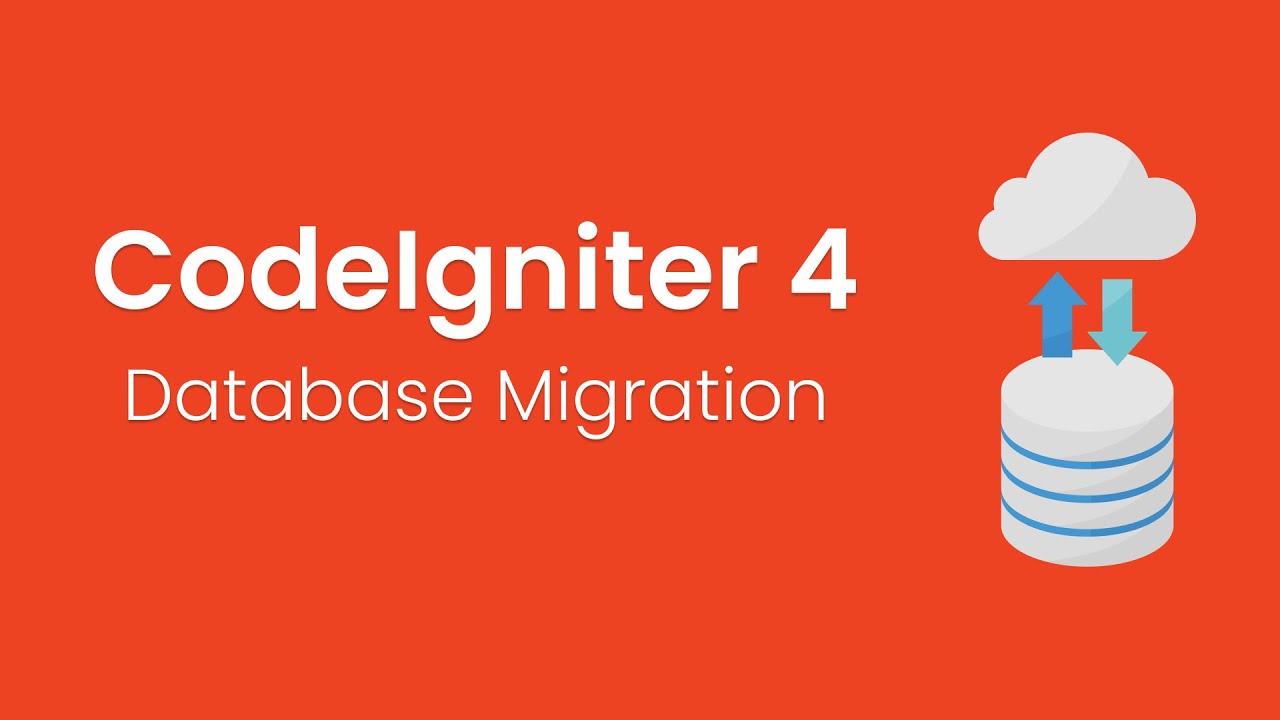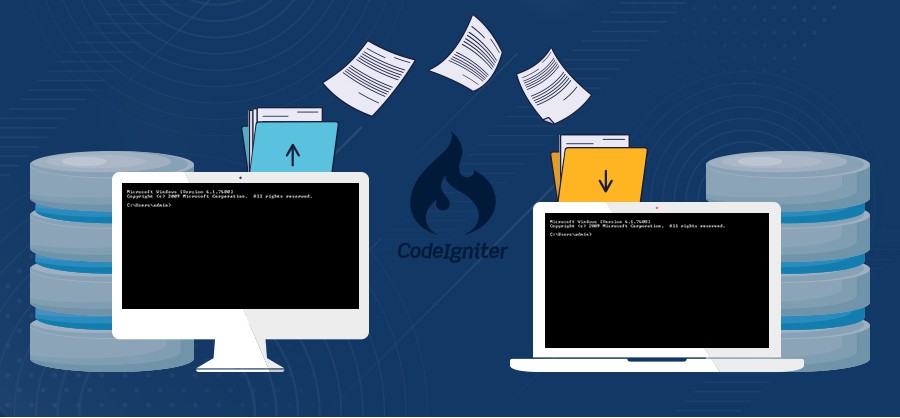Database Migrations in CodeIgniter: Managing Database Schema Changes
Keeping your database schema in sync with your application code is crucial, especially when working in a team or deploying to multiple environments. Manually tracking SQL changes can be error-prone and chaotic. This is where database migrations come to the rescue! CodeIgniter provides a robust migrations system to help you version control your database schema, making changes manageable, reversible, and repeatable.
What are Database Migrations?
Database migrations are like version control for your database schema. Each migration file represents a specific change to the database, such as creating a table, adding a column, or modifying an index. These changes are written in PHP, allowing you to use CodeIgniter's database forge class to define your schema programmatically.
Why Use Migrations?
- Version Control for Your Database: Track every change to your schema, just like you do with your codebase.
- Easier Collaboration: When team members pull the latest code, they can simply run migrations to update their local database schema. No more passing SQL files around or wondering whose database is out of sync.
- Simplified Deployments: Deploying new features often involves database changes. Migrations automate this process, ensuring consistency across development, staging, and production environments.
- Rollbacks: Made a mistake or need to revert a change? Migrations typically include a down() method to reverse the changes made by the up() method.
- Clear History: Understand how your database has evolved over time.
Setting Up Migrations in CodeIgniter 4
- Enable Migrations (if not already): Migrations are generally enabled by default in CodeIgniter 4. Configuration can be found in app/Config/Migrations.php. You typically don't need to change much here to get started. The public bool $enabled = true; line ensures they are active.
- Database Configuration: Ensure your database settings are correctly configured in app/Config/Database.php (or your .env file). Migrations will use these settings to connect to your database.
Creating a Migration
CodeIgniter 4 uses spark, its command-line interface, to help you manage migrations.
To create a new migration file, navigate to your project's root directory in the terminal and run:
Replace CreateUsersTable with a descriptive name for your migration (e.g., AddEmailToUsersTable, CreateProductsTable). CodeIgniter will automatically prepend a timestamp to the filename, ensuring migrations are run in the correct order. For example: 2023-10-27-100000_create_users_table.php.
The new migration file will be created in the app/Database/Migrations/ directory.
Structure of a Migration File
A typical migration file in CodeIgniter 4 looks like this:
up() method: This method is executed when you run the migration. It should contain the code to apply the desired schema changes (e.g., create tables, add columns).
down() method: This method is executed when you roll back the migration. It should contain the code to revert the changes made by the up() method (e.g., drop tables, remove columns).
$this->forge: CodeIgniter's Database Forge class provides a set of methods to build and manipulate your database schema in a database-agnostic way.
Common Migration Operations
Adding a Column
Modifying a Column
Running Migrations
Use spark commands to run your migrations:
- Run all pending migrations (migrate to the latest version):
Rollback the last batch of migrations:
Refresh all migrations (rollback all, then run all again - useful in development, destructive for data!):
Caution: migrate:refresh will drop all your tables and recreate them. Use with extreme care, especially in production.
Migrate to a specific version (namespace and version):
Check migration status:
This shows which migrations have been run and which are pending.
CodeIgniter keeps track of which migrations have been run in a database table (by default, migrations).
Best Practices for Database Migrations
Keep Migrations Small & Focused: Each migration should ideally represent a single, atomic change to the database. This makes them easier to understand, test, and rollback if needed.
Always Write a down() Method: Ensure every change made in up() can be undone by down(). This is crucial for rollbacks and maintaining a healthy development workflow.
Version Control Your Migration Files: Commit your migration files to your Git repository (or other VCS) along with your application code.
Don't Edit Committed Migrations (Generally): Once a migration has been run (especially in shared environments like staging or production), avoid editing it. If you need to make further changes, create a new migration file. Editing old migrations that others have run can lead to inconsistencies.
Test Migrations: Before committing, run your migrations locally. Test both up() and down() methods to ensure they work as expected and don't cause data loss.
Backup Your Database: Especially before running migrations in a production environment, always ensure you have a recent backup.
Use Descriptive Names: Make your migration filenames and class names clearly indicate their purpose.
Conclusion
Database migrations are an indispensable tool for modern web development with CodeIgniter. They bring order and sanity to the often-complex process of managing database schema changes. By adopting migrations, you'll improve collaboration, streamline deployments, and gain better control over your application's database evolution. Start using them today, and you'll wonder how you ever managed without them!















